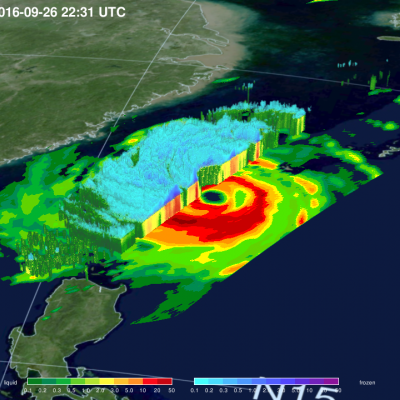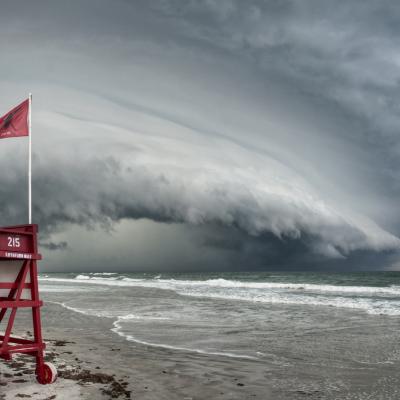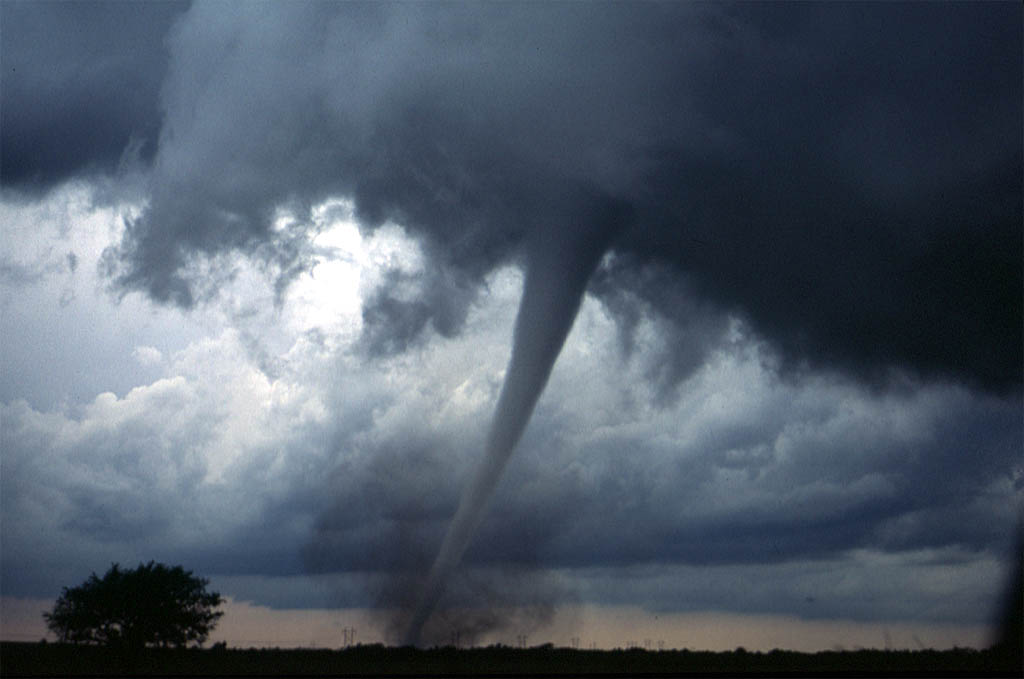Typhoon Megi Hits Taiwan
Three typhoons have battered Taiwan in the past few weeks. Super Typhoon MERANTI, the strongest typhoon of the year, caused havoc as it passed to the south of Taiwan on September 14, 2016. Typhoon Malakas clipped northeastern Taiwan a few days later. Typhoon Megi has now caused injuries, deaths and destruction as it passes over northeastern Taiwan. The GPM core observatory satellite passed over on September 26, 2016 at 2231 UTC when typhoon Megi was approaching Taiwan from the Philippine Sea. Megi was intensifying with maximum sustained wind speeds estimated at 100kts (115 mph). The typhoon's








